|
A Morning Kayak 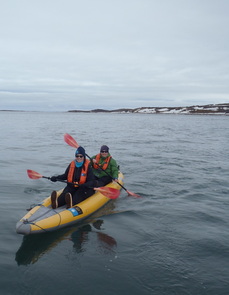 What a team! Photograph by Piers Alvarez What a team! Photograph by Piers Alvarez After another sleepless night, my morning coffee on the bridge, and breakfast with my fellow Fellows and our naturalist mentor Karen Copeland, I was ready for a morning excursion! We were anchored at Rosenbergdallen, a broad valley at the northwestern corner of Edgoya island. Hikes promised to be quite scenic with the chance of reindeer encounters. However, the waters were calm enough for kayaking, and I could not pass up the chance to paddle in the high Arctic. Ellen decided she wanted to hike, but Aimee was game to share a kayak with me. It was amazing to be inches above near-freezing water in our kayak. I had on enough layers to keep me warm, though I felt a bit awkward holding my paddle with thick gloves. There was not much wind, and the frigid water was quite glassy. Aimee and I enjoyed the vast Arctic scenery as our paddle blades sliced through the still water and propelled us forward in a wordless rhythm. On the gentle slopes of Rosenbergdallen, was both snow, melting with summer's warmer temperatures, and swaths of tundra vegetation. Reindeer ambled along the hillsides, stopping to feed on new grasses. An Accidental Nap After lunch, the ship began making the passage between Barentsoya and Edgoya, and I spent some time talking to guests up on the observation deck. In the late afternoon, I retreated to my cabin to do some journaling. However, as soon as I was in my bunk, I fell fast asleep! Sleep, which had eluded me for two nights, had finally arrived and my body shut down. In fact, I slept through dinner but awoke soon after. Ellen had just crept into my bunk with a plated sandwich for me when the intercom crackled and Bud's soothing voice announced, "For those of you who might not have heard, a polar bear has been spotted. You'll want to make your way up on deck." Ellen and I frantically donned our coats, neck gaiters, hats, gloves, and cameras. Yes, I needed some sleep, but this was worth waking up for! Leader of the Pack (Ice) Most guests shared with me that the reason they chose this particular expedition was to see the polar bear/ice bear in its natural habitat. The prospect of observing this iconic Arctic animal was thrilling to me as well, but I knew that there was no guarantee. Arctic wildlife is very spread out, especially the polar bears, and our experienced staff and crew was working so hard to spot them. The bear we had seen at a distance the other day foraging seaweed was so underweight, and I hoped that this bear would be more healthy. I stepped out on deck on the port side and looked out. It was truly like I had woken up in a different world. In every direction, ice floes of all sizes dotted the sea surface like scrambled white puzzle pieces. I crossed to the starboard side and looked down. An ice bear looked up at me and I was too stunned to grab my camera. The bear's dark eyes held my gaze for a moment and then scanned the ship. By now, the bow below was filled with guests, who pointed lenses of all sizes at the bear. Our ship was not moving, but I watched as the bear moved closer to us. This bear was curious! For the better part of an hour, we were able to observe this bear. The naturalists explained that she was most likely a younger female who had not seen a ship before. It was one of the greatest joys of my life watching the bear behavior: rolling around in the snow, hugging a chunk of ice, yawning, and jumping in and out of the water in between floes. People stared in reverence, silent except for their camera shutters clicking. Mine was clicking, too; here are some of many images captured of this beautiful animal.
This bear appeared fat and healthy. Eating mainly a diet of blubber-rich seals and occasionally walrus, beluga whale, great whale carcasses, and even birds/bird eggs, polar bears are top predators in their environment. They can weigh up to 1500 pounds and up to 50% of their body weight comes from fat. These carnivores get their water from the chemical reaction that breaks down fat, so they do not even need to drink water. This polar bear's coat appeared bright white, though a yellowish coat is most common. This color obviously camouflages the animal on the ice, and I can attest that the bears are very difficult to spot! The hair follicles of the coat are actually clear and hollow. Hollow fur transmits the sunlight (much like a fiber optic thread conducts light) to the black skin underneath, where it is absorbed as heat. Polar bears do not hibernate, but they are able to adjust their metabolic rates depending on the availability of food. However, female bears do slow down for pregnancy, birth, and nursing in the cozy confines of a winter den they dig in the snow. Generally, females mate on the ice during the early spring but can delay implantation until they successfully den. Perhaps this female bear has already mated and will give birth in the winter. Maybe, as the sunlight returns, she will nudge her cubs, now large enough to trek, out of the den and begin teaching them about life on the ice and how to hunt seals. I can only hope this and other bears continue to have the ice they need. Their survival depends on it. What an incredible day! Though my expedition doesn't seem that long on a calendar, my time is filled with so much learning (and light) that days seem to last longer than expected. Amazingly, after my nap, I still get some sleep at night. And I am pretty sure I had some Arctic dreams...
All photographs by Cristina Veresan unless otherwise indicated. Read the Lindblad Naturalist Daily Expedition Report (DER) here.
11 Comments
Tim Higgins
6/29/2014 12:12:13 pm
Awesome journal!
Reply
kyler
8/4/2014 09:18:47 am
were you worried that the polar bear would attack you?
Reply
RachelSuh
8/5/2014 11:36:03 am
Were there some animals that attacked the polar bears??
Reply
Star Lord
8/5/2014 12:47:36 pm
Really like this passage because of all the cool polar bear info. I studied polar bears in the 2nd grade so I was surprised about how much I didn't know.
Reply
Arnold Han
8/5/2014 03:54:45 pm
Miss V polar bear looks so sad!
Reply
Arnold Han
8/5/2014 04:01:05 pm
and is that picture of polar bear hugging a ice?
Reply
Samantha N.
8/5/2014 04:47:53 pm
Wow Ms. Veresan, sounds like you had a very exciting third day in the Arctic! I wish I could have seen a polar bear and kayaked on icy waters like you did! Glad you got some sleep!
Reply
Lance
8/5/2014 04:57:36 pm
Ms. V! I literally just read through this whole website, I am amazed. It takes a lot of courage to go over there, but I can see it was quite the adventure. I would first like to admire your amazing photography! I am a fellow photographer, but I've never seen your work. Thats cool that you kayaked on the Arctic. Did some water splash on you? That wouldn't matter though because I saw a picture of you, JUMPING INTO ARCTIC WATERS. Was it really cold? Could you feel your muscles? What made you decide you wanted to take a dip into the Arctic? Lastly, I thought it was an amazing coincidence how your friend told you, what if that glacier fell. And a couple minutes later you witnessed a really powerful view of watching the glaciers fall. Did you catch a video of it? What did it sound like? Was it really loud? Anyways, this is a great website, and I'm gonna brag to all my friends and family out of school that my science teacher, Ms. V, went to the Arctic.
Reply
Lance T.
8/5/2014 05:00:10 pm
Just wanted to say that my comment is that one, I thought your might get confused with the other Lance.
Reply
Kainalu
8/7/2014 02:11:19 pm
Wow how close did you get to the polar bears Ms.V? Or when you took the picture you zoomed in?
Reply
Nicholas
11/6/2014 07:14:12 am
Hi mrs V, this blog is interesting! :D
Reply
Leave a Reply. |
AuthorThis blog contains occasional dispatches from my science classroom and professional learning experiences. Thank you for reading! Archives
December 2021
|
|
Cristina Veresan
Science Educator |
Proudly powered by Weebly
|
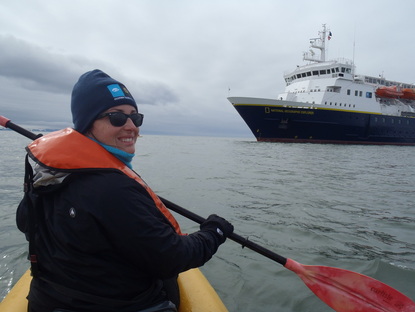
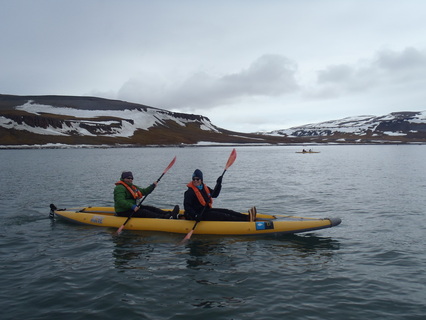
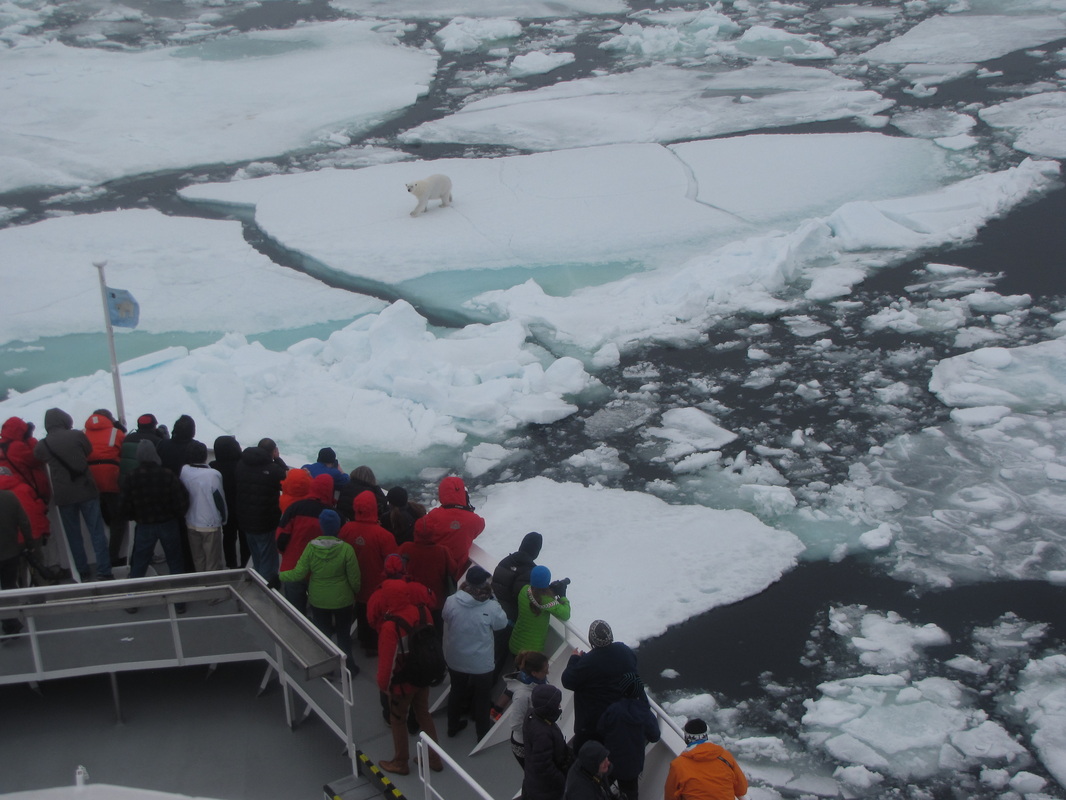
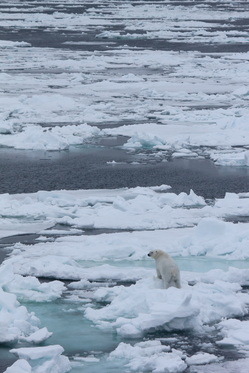
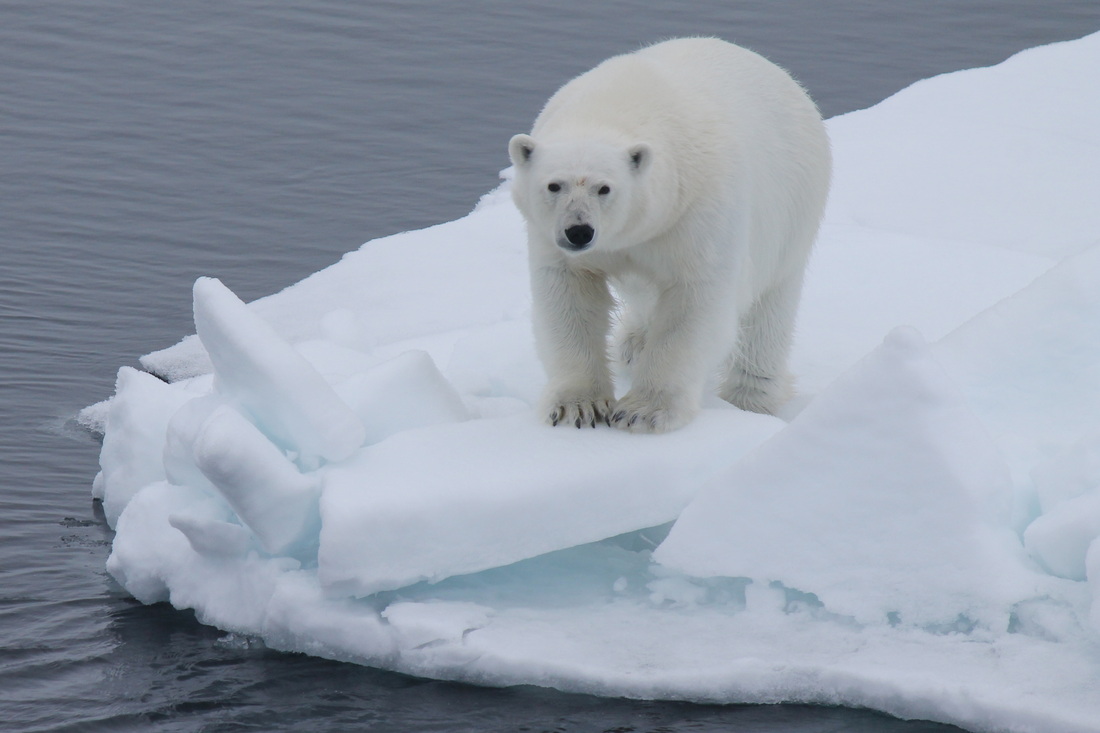
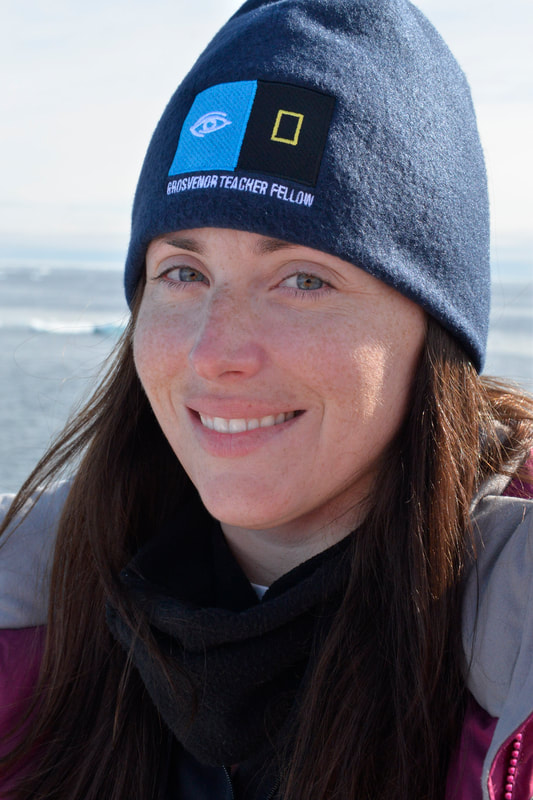
 RSS Feed
RSS Feed